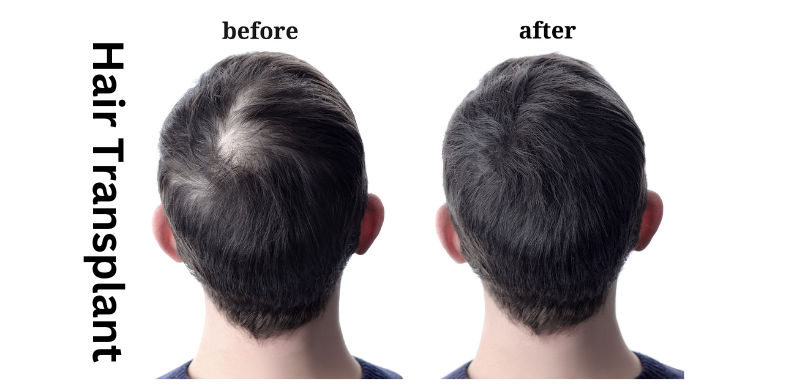With technology advanced hair transplant surgery is regarded as a successful and reliable operation. Nevertheless, determining what makes a successful hair transplant will be unique to each patient, based on your pre-treatment objectives.
Prepare before hair transplant treatment
Some people may see a lowering of the hairline, whilst others may experience an increase in crown density. Therefore, it’s crucial to have thorough talks with your surgeon regarding what the transplant can actually do before having surgery.
You need the following two factors to be eligible for a hair transplant:
- Your head has enough healthy hair to transplant to the balding region.
- The capacity to develop hair on your scalp’s thinning region
A dermatologist can evaluate if you have both during your appointment. A medical professional will carefully check your scalp. It may also be essential to have a blood test to identify the root of your hair loss. This can check for physical conditions that may be causing your hair loss. During the session, your dermatologist can swiftly and conveniently obtain the necessary samples for the scalp biopsy. Blood and other test are essential before the surgery. You need to discuss with your dermatologist about your desired result. A bigger head of hair may be the goal, even though a full head of hair may be unrealistic.
After hair transplant
After their hair replacement, the majority of patients may go back to work 24 to 48 hours later.
The morning following each operation, hair is washed. For five to seven days, limit yourself to light exercise. To reduce potential swelling, medication is used. Itching and minor crusting or tiny scabs at the treatment areas might last for seven to 10 days. The numbness or swelling at the donor or recipient sites is often reduced after a few weeks to months. Every four to six months, follow-up appointments will be scheduled to track progress and assess results. Most of the transplanted hair will start falling out within a month. After 90 to 100 days later, new hair begins to grow normally. After six months of the hair transplant treatment, the grafted hairs begin to look natural and continue to grow for a lifetime.
Conclusion
A hair transplant gives you natural and healthy hair. It is important to consult with your doctor about the side effects of the treatment and prepare for a hair transplant before and after. Infection or bleeding is rare and small complications occur. The benefit is you don’t need to use any special hair care products for your hair growth. Before making a decision you need to discuss with your doctor the reason for hair loss to the expected result.

